Light Manipulation
They bend, focus, or disperse light to create clear images or alter its path as needed for specific applications.
Optical glass lenses, pivotal in diverse applications, deliver exceptional light control and image clarity. Engineered with precise refractive indices and coatings, these lenses enable distortion-free imaging, superior light transmission, and tailored functionalities.
We have more than ten specific categories of optical glass lenses, such as right angle prism, octagonal prism, etc.
Widely employed in cameras, microscopes, telescopes, and lasers, their quality and precision drive advancements in imaging technology, scientific research, and various industries, ensuring unparalleled optical performance and enabling groundbreaking innovations.

A prism with a 90-degree angle for redirecting light or creating precise reflections.
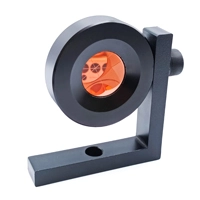
A prism used in tunnel inspection to redirect light and capture images at different angles.
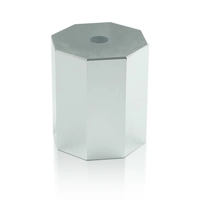
A prism with eight faces that provides multi-angle reflection and refraction of light.
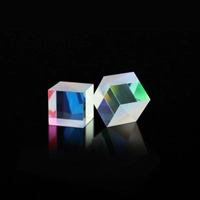
A prism that splits a beam of light into two or more separate beams, commonly used in optical systems.
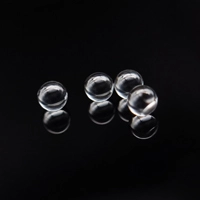
A spherical lens that focuses light or disperses it evenly in various applications.
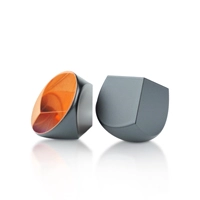
A prism with three mutually perpendicular reflective surfaces, used for light reflection and retroreflection.
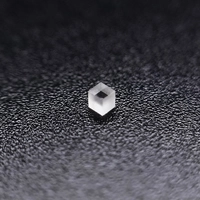
A compact prism used for surveying and measuring applications, providing precise angular measurements.
A cone-shaped prism that produces a ring-shaped focus or collimated beam of light.
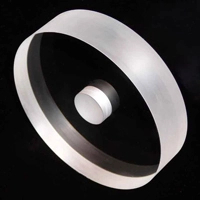
A prism made of fused silica material with precision-drilled holes for specific optical applications.
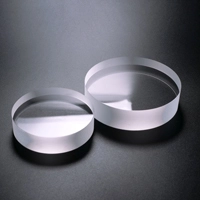
A high-precision flat surface used as a reference standard for testing the flatness of optical components.
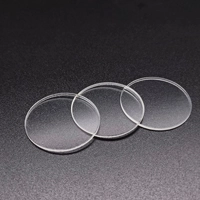
A transparent flat window made of optical glass, used for protecting optical systems while allowing light transmission.
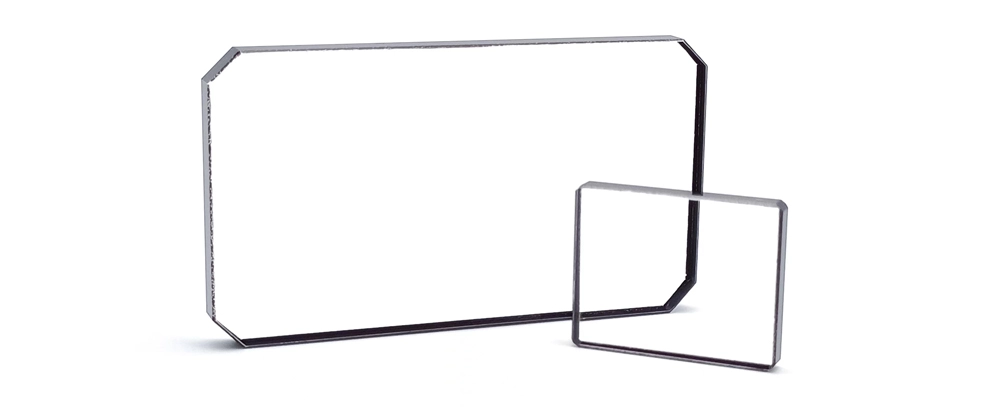
Precision Machining: Achieving the required shape and surface quality demands advanced machining techniques and tools capable of microscopic precision.
Coating Uniformity: Applying coatings for anti-reflection or other purposes uniformly across complex surfaces without altering optical properties is intricate.
Quality Control: Ensuring minimal defects, such as bubbles or impurities, is critical, requiring rigorous quality checks at every stage of production.
Tolerance and Accuracy: Meeting tight tolerances for dimensions and optical specifications necessitates advanced metrology and manufacturing capabilities.
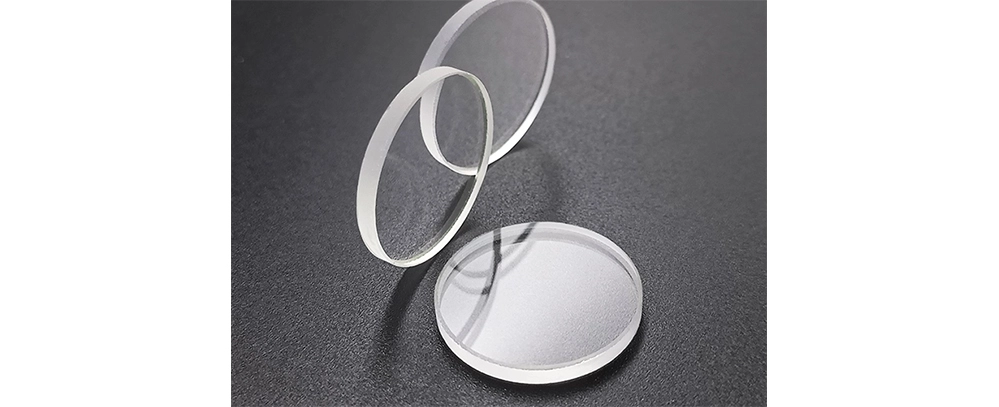
Superior Quality Assurance
Yasi ensures top-tier quality for all optical glass components. Rigorous testing and quality control guarantee products meet high standards.
Extensive Customization
Tailor-made glass optical components solutions to fit your specific needs. You can custom optical prism by specifying your own dimensions to coatings. For example, custom K9 window guards can be precisely crafted to meet your exact requirements.
Cost-Effective Bulk Pricing
Competitive pricing with significant bulk discounts. Yasi offers cost-effective solutions without compromising on quality. Save more with bulk orders.
1
High Precision: Engineered with exacting standards, they provide precise control over light, ensuring accuracy and reliability in imaging and light manipulation.
2
Superior Optical Quality: They offer exceptional clarity, minimal distortion, and high transmission, crucial for achieving sharp and clear images.
3
Customizability: Optical components can be tailored to specific requirements, including shape, size, coatings, and optical properties, meeting diverse application needs.
4
Durability: With proper handling, optical glass components exhibit resilience to environmental factors, maintaining their optical properties over time.
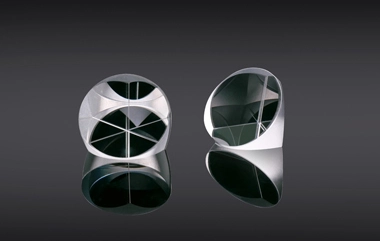
They bend, focus, or disperse light to create clear images or alter its path as needed for specific applications.

Filters made from optical glass components selectively allow or block certain wavelengths, crucial in various applications from photography to spectroscopy.

They redirect and control the direction of light beams, essential in laser systems, optical communication, and various scientific instruments.
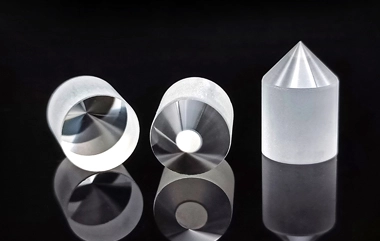
Optical components aid in analyzing the spectral characteristics of light, supporting research, analysis, and measurements in scientific fields.